Disability and the climate crisis: ensuring no-one is left behind
Idpd-case-studies, Pacific, Stories | June 25, 2024
The climate crisis is escalating at a rapid rate. Worsening weather events, propelled by climate change, are causing havoc in the poorest countries, who are least responsible for the emissions driving the climate disaster.
People with disabilities in these communities are at the greatest risk.
People with disabilities are up to four times more likely than those without disabilities to be injured or lose their lives because of disasters. Yet they are routinely left out of disaster preparedness and climate change adaptation efforts.
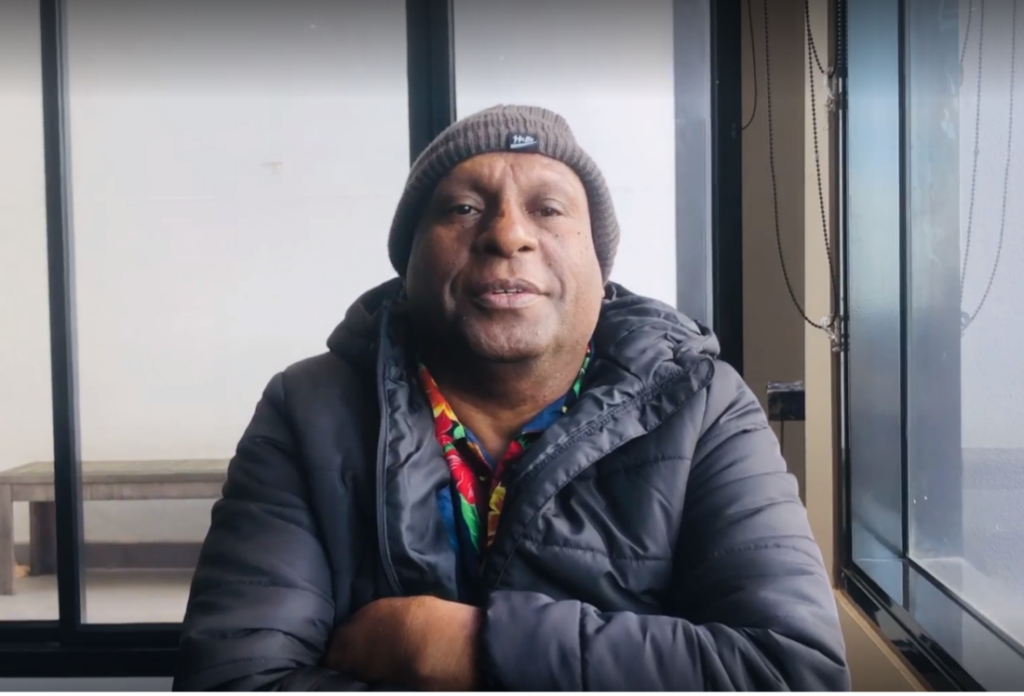
Ross Tito is the Disaster Risk Reduction Officer for the AHP Disaster READY Program at Papua New Guinea Assembly of Disabled Persons (PNG ADP) and is responsible for embedding disability inclusion into the Disaster READY program.
Ross works with international aid organisations to provide the support and education people with disabilities need on disaster preparedness, to ensure they to know what to do in a disaster and are included in community preparedness and response efforts. Ross has seen the impacts of climate change and its disproportionate affects to the lives of people with disabilities first hand.
“Climate change has impacted Papua New Guinea in many ways,” Ross said. “It’s a vastly difficult country in terms of geography… in each region they would have their own issues. In my particular village… sea level is come, and we’ve decided to relocate.”
Reflecting on the importance of including people with disabilities in disaster risk mitigation, Ross said, “most of our people over the years have not spoken to persons with disability; what do they do if we were relocating the village? We didn’t take them into consideration.
It is important now, more than ever, to start the conversation early so they will start thinking of how they can help themselves. I think the key point is, if they can talk about what they would do and make them a better people and a happier people in the relocation exercises, that will certainly help.”
In the Fijian province of Rewa, Lusiana Buli and her community are also experiencing the impacts of climate change.
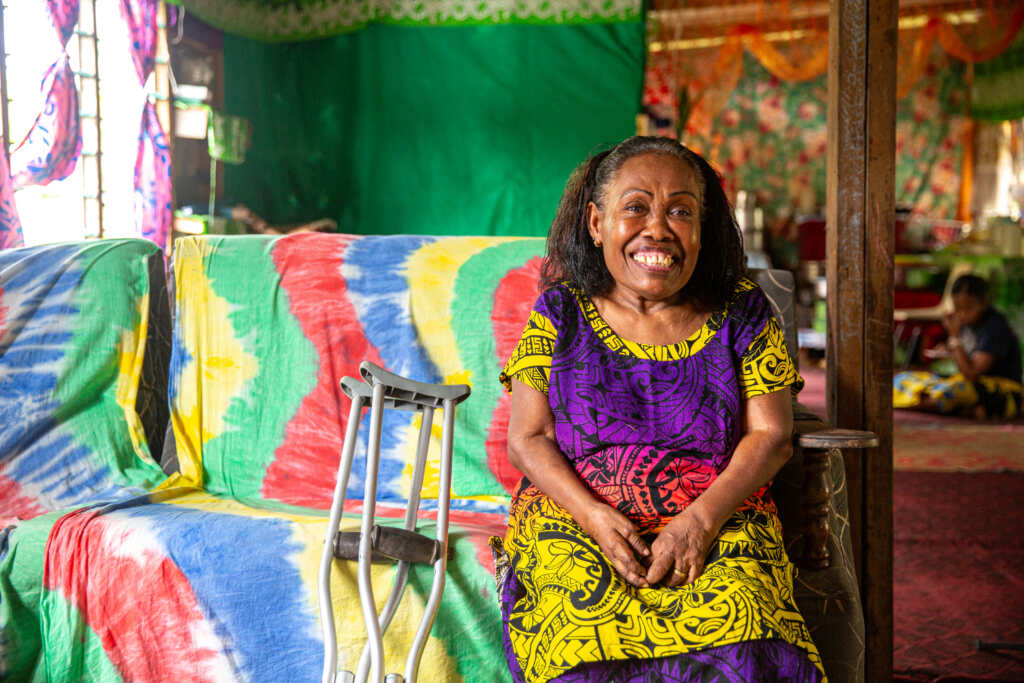
Her village is located on the bank of the Rewa river, the widest in Fiji, and has been identified as one of a growing number of communities vulnerable to climate change.
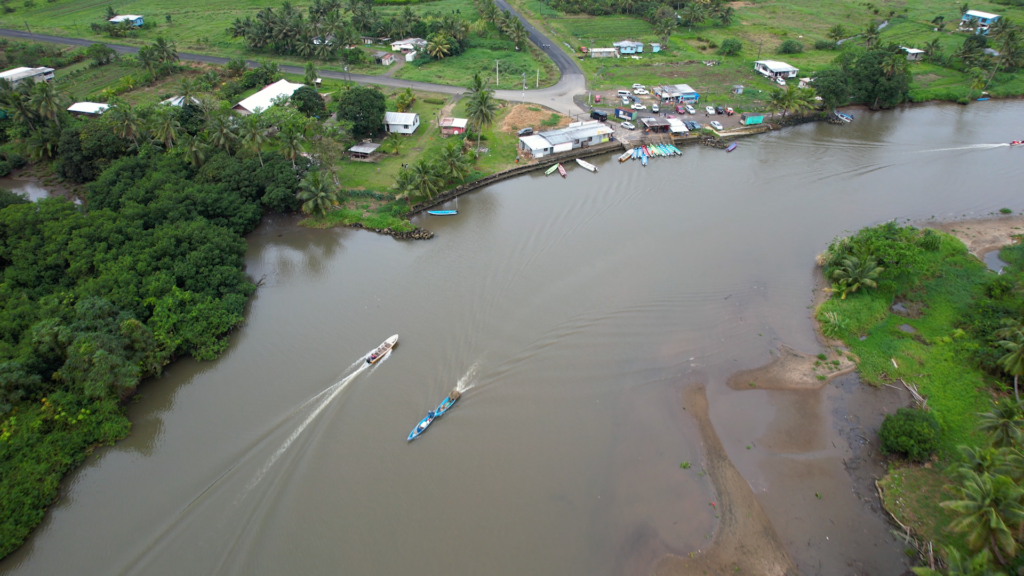
“Every fortnight when it’s high tide, the water come right to the back of the community hall by passing our house and going right in. But before, no. Sometimes after three, four, or five days [the water] recedes,” said Lusiana.
“When it’s high tide like that we couldn’t go out. We stayed inside the house until the water going out again. When the high tide comes in… as we are disabled. You can’t go out until the water is going back in.”
“There is no other place for us to relocate, because this is a delta. This no high place here or hills like that… there’s no place for us to move to because the water is around us.”
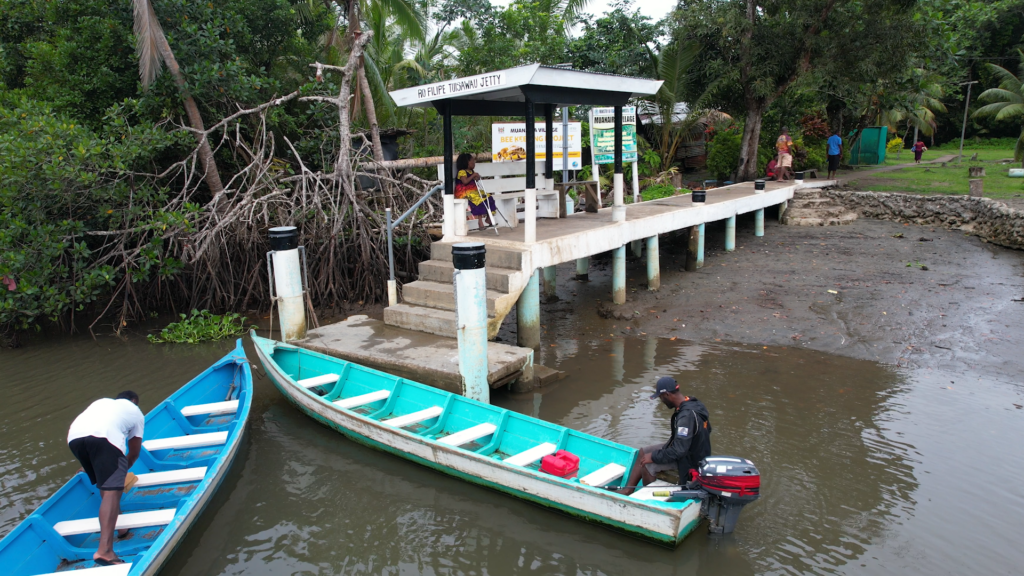
Many people with disabilities risk being left behind during extreme weather events and disasters.
Hurricanes and extreme weather events, propelled by climate change, are becoming more frequent across low-lying Pacific nations, like Fiji.
The requirements for making disaster risk reduction and response efforts inclusive are not mysterious. They are clear and very achievable and include advance warning systems, accessible communications, pre-planning evacuation methods and accessible evacuation centres. Luckily for Lusiana, the disaster preparedness and response planning in her village has been inclusive.
“We have already told 72 hours before the storm occur, you have to move,” said Lusiana. “A hurricane. I’ve already in the evacuation centre in there… the place is really accessible to me just going to the restroom and bathroom. Access to easy to communicate.”
At a time when environments and surroundings can change in an instant, access to timely information, and accessible infrastructure is essential for people with disabilities who already face barriers to inclusion.
People with disabilities and their representative organisations must be fully included in responses to climate change, from needs identification and programme design to delivery and evaluation.
As experts in understanding their context and identifying their needs and capabilities, people with disabilities have a valuable role to play in building innovative solutions.
This case study was written for International Day of People with Disabilities 2023. Read our other case studies on equal opportunity, how pre-conditions for inclusion changed the life of one young man in Fiji, and disability and female leadership in Indonesia.
https://www.cbm.org.au/stories/disability-and-the-climate-crisis-ensuring-no-one-is-left-behind
Related Stories
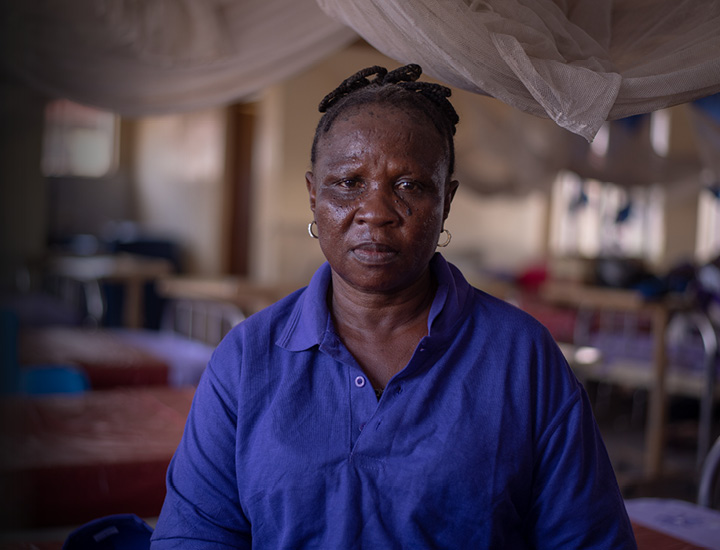
Week 3 – Lent Series 2025
The image of God; an invitation into solidarity Olubunmi remains isolated in her home. Outside, stigma awaits her. For 27 years she has kept her...
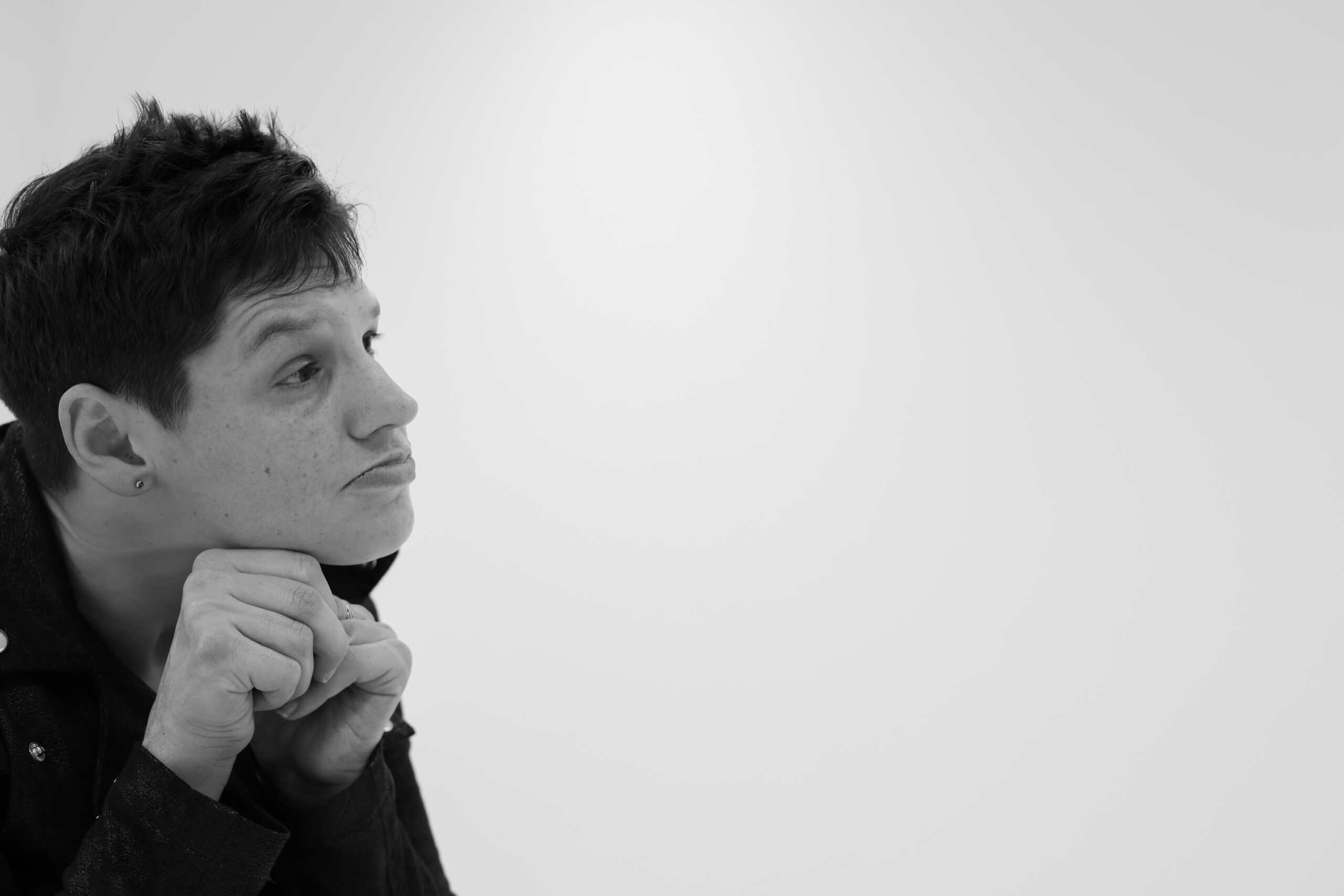
Week 2 – Lent series 2025
Lent, Solidarity and Lament “It’s like I’ve woken up in an alternate universe.” These words I have said a few times over the last three weeks....
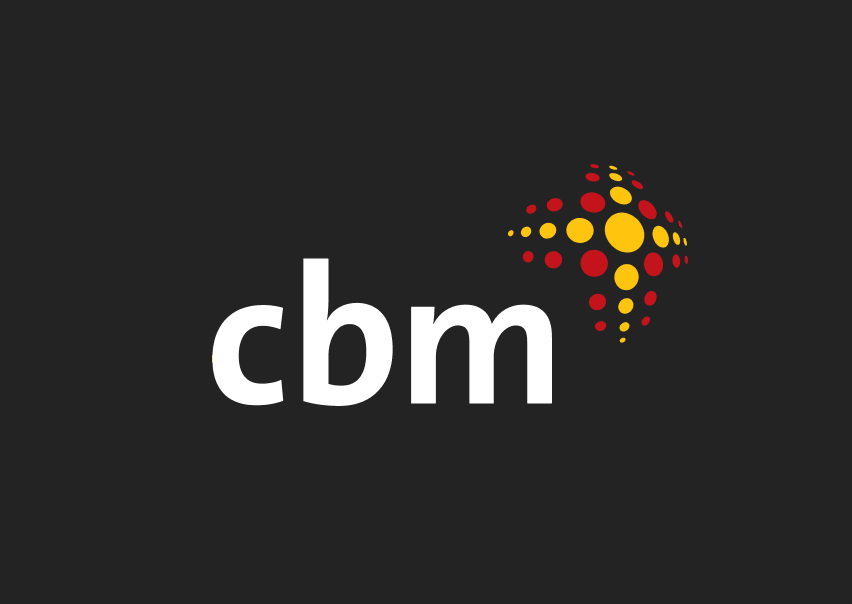
Building a Just and Inclusive Future: Disability-Inclusive Disaster Risk Reduction and Climate Action
People with disabilities are among the hardest hit by...
